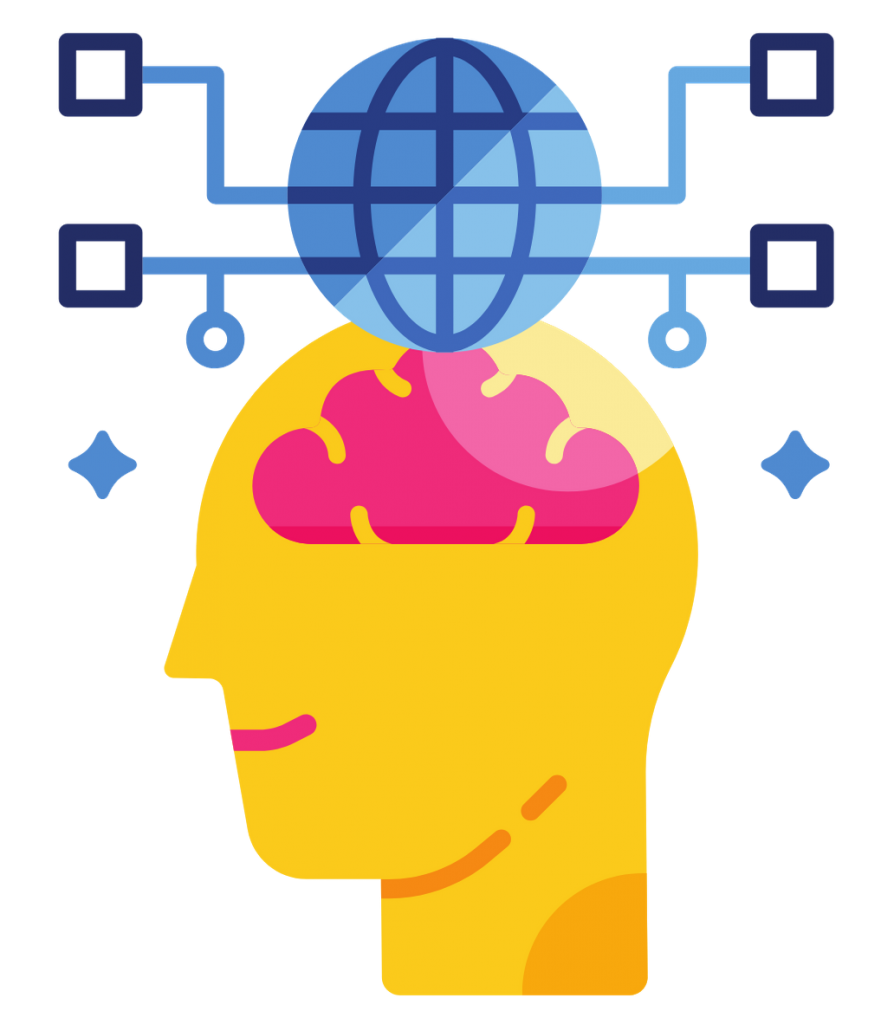Model and facilitate safe, healthy, legal, and ethical uses of digital information and technologies
ISTE Coaching Standards (2014)

Resonant Ideas: Safe, healthy, and ethical technology use
Finding myself in front of a screen for 12 plus hours a day due to remote teaching and learning has proven to be wearing. And the alternating listlessness and squirminess of the elementary students I have seen during live online classes shows that even in much smaller doses, extra screen time is difficult for kids too.
It takes a community of teachers, parents, administrators, librarians and technology coaches, particularly during this time of remote learning, to ensure students are not being oversaturated with screens, going where they shouldn’t be online, or engaging in online behavior that harms themselves or others. At the start of remote learning, a 2nd grade teacher I work with had her students establish online norms, much like a classroom charter. Each time they meet, students review the norms and take on associated roles of responsibility. This has provided them with a sense of calm, safety, and structure that children really need right now.
The idea of having students design the rules they want to live by online is a powerful one. In my Digital Readiness Project, I interviewed the Chief Technology and Innovation Officer of a local private school that expects its students to build their own understanding of the school’s mission to: “think critically, act responsibly, lead compassionately, innovate wisely.” When online incidents arise, students are required to reflect on their actions through the lens of the school’s mission, and define what they could have done differently.
Online self-governance and responsibility is reflected in Ribble’s “REP” framework for digital citizenship: respect, educate and protect yourself and others, which we examined in the first quarter of the Digital Education Leadership program. These are basic tenets of real world citizenship that can be applied to our online interactions (Ribble & Miller, 2013).
In our first quarter work we also read Howard Reingold’s Net Smart and Carrie James’ Disconnected: Youth, the New Media, and the Ethics Gap, both of which discuss mindless technology use. As part of the reflection on these readings I created a Sway presentation that describes the importance of focused attention when online. And I was struck by a comment in James’ book that being constantly connected “…creates little space to reflect on what we post and observe, to spot potentially troubling implications…” (p. 108). In response to this I wrote in an assignment that “We need to extract ourselves from online living on a regular basis so we can build a model of beliefs that can be used to assess and respond to difficult situations in a way that is true to ourselves.” Well a difficult situation is here, showing the need for mindful, responsible use of digital tools like never before.
References
James, C. (2014). Disconnected: Youth, the New Media, and the Ethics Gap. Cambridge, MA: The MIT Press.
Ribble, M. and Miller, T.N. (2013). Educational leadership in an online world: Connecting students to technology responsibly, safely, and ethically. Journal of Asynchronous Learning Networks 17 (1) 137-145.